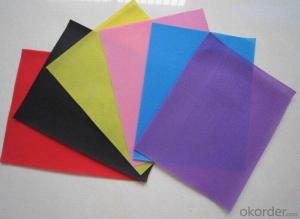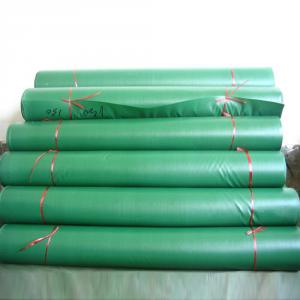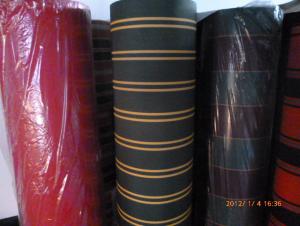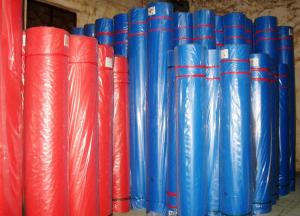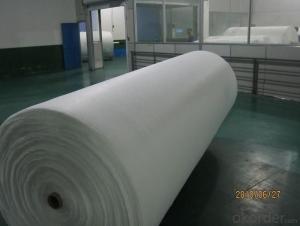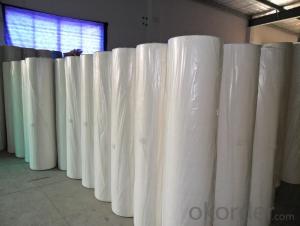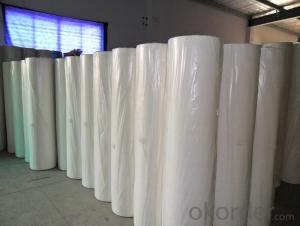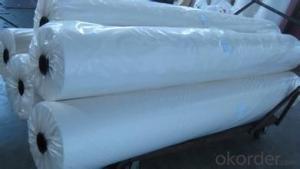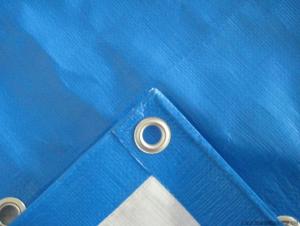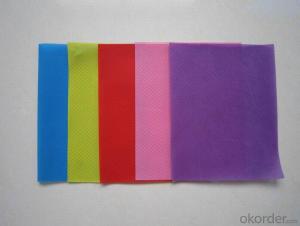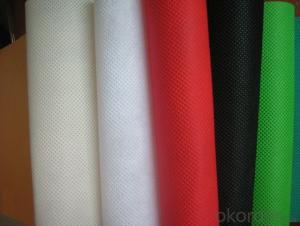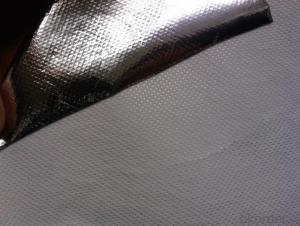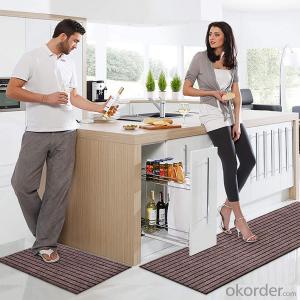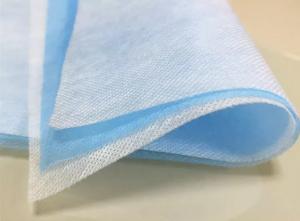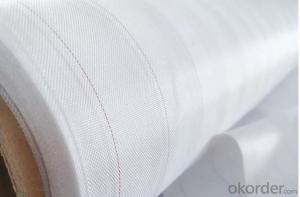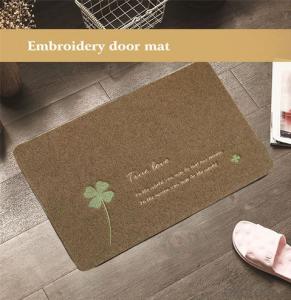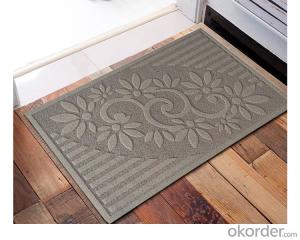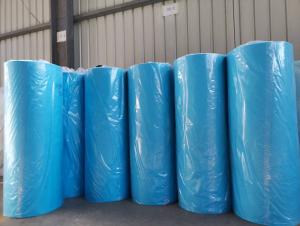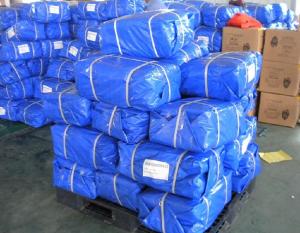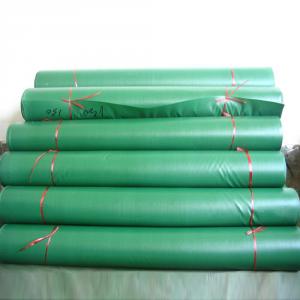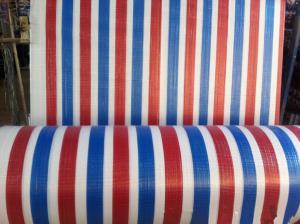Woodpulp Laminated Spunlace Nonwoven Fabric, Wood Pulp Nonwoven
- Loading Port:
- Shanghai
- Payment Terms:
- TT OR LC
- Min Order Qty:
- 1000 kg
- Supply Capability:
- 100000 kg/month
OKorder Service Pledge
OKorder Financial Service
You Might Also Like
Eco-friendly Polypropylene PET Spunbond Non-woven Fabrics Made in China

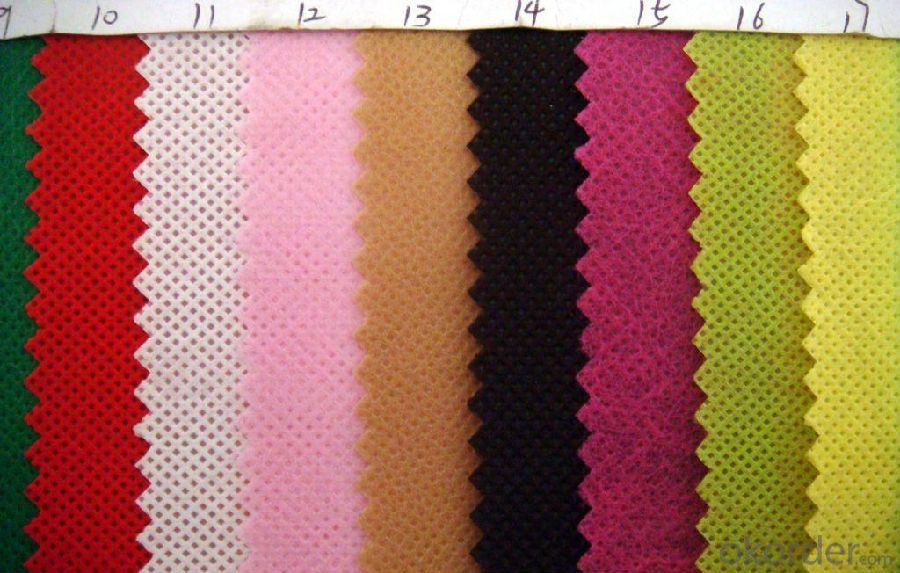
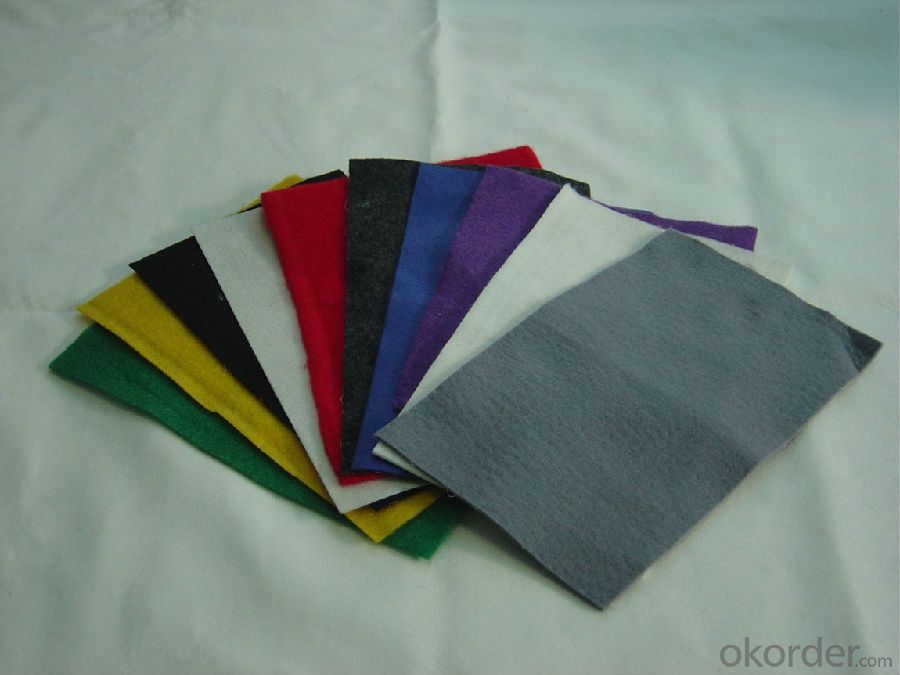
Our products have been widely used in the field of medical& sanitary, industry &agriculture, and construction &daily-used products such as agriculture plant covers, roof waterproof materials, disposable items for medical and industrial applications, liners for furniture, lining in cases,apparel, warm facilities, bedding products, sofas, packing materials, packing material land mulriple cloth shopping bags, suits and garment covers, Industrial protective coveralls, garment accessory materials, bed articles, medical and sanitary articles as well.
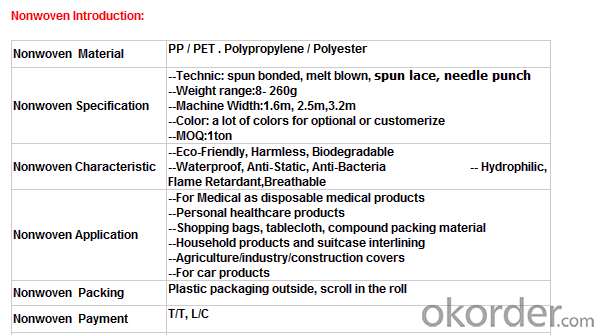
Our Service:
Within 24 hours reply ;
Well-trained and experienced staffs in English;
OEM & ODM , Customized are warmly welcomed , or design for you ;
Protecting customer’s privacy and profits;
Make sure the quality is approved , or we pay the return or remake them at once .
Nonwoven Advantage:
1. Light: Polypropylene is the main raw material; specific gravity is 0.9, is only third five, fleecy and touches well.
2. Flexibility: made up of microfiber (2-3D), dot by dot thermo-melt formed. Flexibility of products is suitable, comfortable.
3. Water resistance and breathability: slices of Polypropylene and finished products resist water, breathable and easy to maintain and wash.
4. Non-toxic, non-irritating: made of materials which catch up FDA standard, without other chemical composition, stable, non-toxic, no smell, safe for sensitive skin.
5. Anti-bacterial, anti-chemical: Polypropylene is blunt chemical substances can protect in liquid from bacterial and insects; antibacterial, alkali corrosion, erosion and the finished product will not affect sensitive skin.
FAQ:
Q: What standards are you carrying out for your products?
A: We produce according to the ISO9001 and ISO14001 rules.
Q: How to install the machine?
A: We will arrange 1~2 engineers to your factory to guide installation and assembly.
Q: What’s your international market?
A: We Have exported to about 40 countries and regions all around the world, such as, the USA, France, Singapore, Australia, Middle East, Brazil, Peru and so on.
Q: Do you sell steel shot or steel grit which can be uses in shot blasting machine?
A: We have four production lines for steel shot and steel grit production, one work shop for steel cut wire shots, and one workshop for stainless steel shot and Aluminium shot and so on.
Q: Do you have the right to export?
A: Yes, we registered in the Customs and gained the right to export by ourselves.
- Q:How to make fibrous textiles for waste plastic bottles?
- Plastic bottle is a treasure, you can also make quilts, sofas, mattresses and other home textiles fillers, can also be used to make carpets, imitation and down products
- Q:Textile printing and dyeing process which
- Dyeing long car is divided into two parts, before the car dyeing, after the car fixing color. Dyeing method according to the choice of different varieties of dyes are different, dyes are generally active, Shihlin, vulcanization, paint. They have their own advantages and disadvantages, under normal circumstances to see the color requirements, and can not replace each other.
- Q:The difference between double distribution and processing in textile fabrics
- Distribution - that is, you buy fabrics, only the money on the line, all of them will give you a good job.
- Q:What are the policy measures developed by the Bangladeshi government for their exports?
- To help our enterprises to better understand the Bengal market, I think it is necessary for my business investment in Bangladesh textile industry for further analysis of the pros and cons, I hope this article for my textile enterprises to "go out" to provide some reference.
- Q:The weight of the textile fabric
- This is calculated using the formula, we are Jiangyin snow lotus wool mill, from raw materials to finished products need to be calculated, the guests need 1000 meters finished cloth, weighing 600 grams, the composition is 50 wool 50 polyester, and that need to calculate the amount of yarn , Yarn thickness, the weight of raw materials, these formulas please see from below
- Q:The problem of anti - splashing of textile fabrics
- Better water repellent treatment is divided by water pressure is not left without traces of the high, if you must leave no trace you can wax
- Q:Is the textile processing and sales tax rate the same?
- Tax rate refers to the value-added tax taxpayers should be included in the current value-added tax accounted for the current taxable sales revenue example. For small-scale taxpayers, the tax rate is the collection rate: 3%
- Q:What is the amount of alkali in the textile mill
- Properly corroded some potholes of small grooves, you can improve the polyester smooth, rigid appearance, so that feel soft, close to the feeling of silk. This process is called reduction processing.
- Q:What are the processes of dyeing and finishing of textiles?
- General process: fabric singeing - retreat bleaching pre-treatment - desizing - scouring - bleaching - mercerizing --- dyeing, printing - post-processing.
- Q:Application of Biological Enzyme in Textile Processing
- Extremely affecting the spinnability of the fiber, hemicellulase and ligninase can be used to remove hemicellulose and lignin, but hemicellulase and ligninase are not used alone in the textile process, mainly And other enzyme preparations (if the gelase, cellulase, etc.) with the fiber treatment
1. Manufacturer Overview |
|
|---|---|
| Location | |
| Year Established | |
| Annual Output Value | |
| Main Markets | |
| Company Certifications | |
2. Manufacturer Certificates |
|
|---|---|
| a) Certification Name | |
| Range | |
| Reference | |
| Validity Period | |
3. Manufacturer Capability |
|
|---|---|
| a)Trade Capacity | |
| Nearest Port | |
| Export Percentage | |
| No.of Employees in Trade Department | |
| Language Spoken: | |
| b)Factory Information | |
| Factory Size: | |
| No. of Production Lines | |
| Contract Manufacturing | |
| Product Price Range | |
Send your message to us
Woodpulp Laminated Spunlace Nonwoven Fabric, Wood Pulp Nonwoven
- Loading Port:
- Shanghai
- Payment Terms:
- TT OR LC
- Min Order Qty:
- 1000 kg
- Supply Capability:
- 100000 kg/month
OKorder Service Pledge
OKorder Financial Service
Similar products
New products
Hot products
